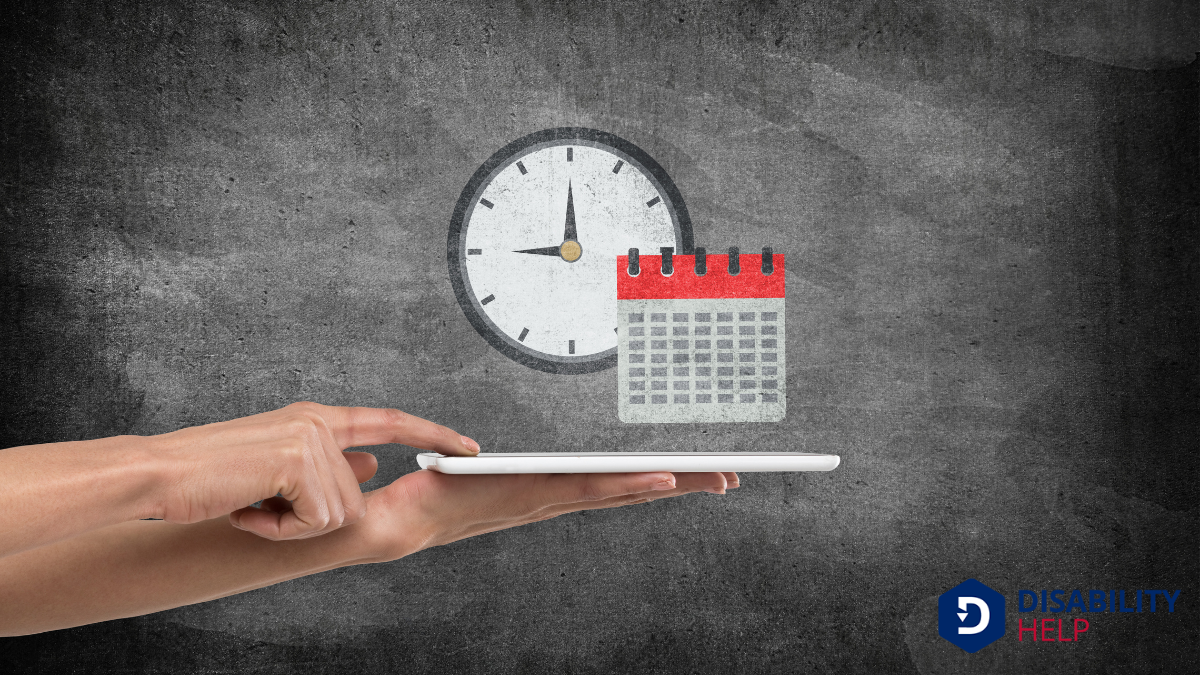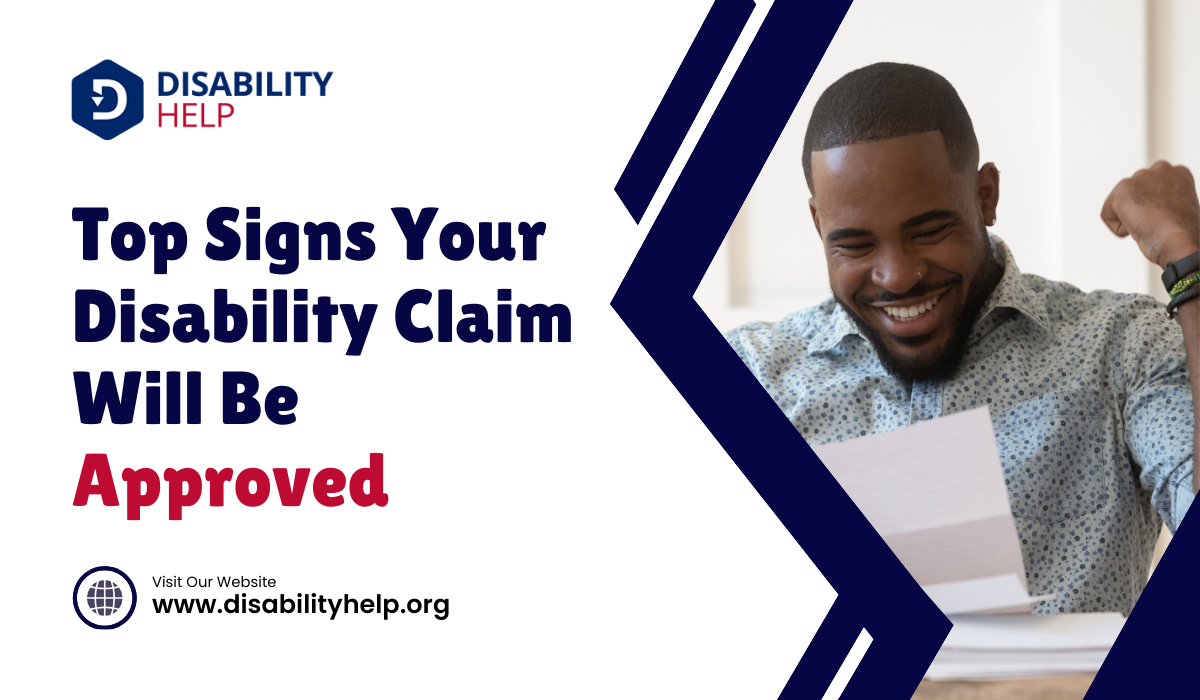To qualify for state-sponsored short-term disability programs, we must meet employment and income criteria that vary by state. Typically, you need to be currently or recently employed, with many states setting minimum work hours or earnings thresholds. Medical certification is essential, proving a temporary disability and detailing the condition and treatment planA detailed plan developed by healthcare professionals to treat a specific health condition, outlinin.... Each state sets specific rules, so understanding these aspects helps us navigate the process smoothly. We can uncover more nuanced details if we explore further.
Key Takeaways
- Must be actively employed or recently employed to meet eligibility criteria.
- The minimum earnings requirement must be met, varying by state.
- A medical certification with a detailed diagnosis and treatment plan is necessary.
- Employers must participate in the state program for employee eligibility.
- Eligibility criteria differ among states, including required work hours and duration.
Understanding State-Sponsored Short-Term Disability Programs
State-sponsored short-term disability programs play an important role in providing financial support to individuals who are temporarily unable to work due to a non-work-related illness or injury. These programs guarantee we don’t face financial hardships during recovery periods. They’re offered in several states and aim to cover a portion of our lost wages, helping us focus on healing rather than worrying about bills.
Understanding these programs involves knowing the eligibility requirements and what benefits they provide. We should familiarize ourselves with how each state defines a qualifying disability and the duration of benefits.
It's vital that we recognize the documentation needed to apply successfully. By comprehending these aspects, we can better navigate the process and secure the support we need when life's unexpected challenges arise.
Employment Status Requirements

To qualify for state-sponsored short-term disability programs, our employment status often plays a significant role. It determines our eligibility and the benefits we might receive. Here are some key points to reflect on:
- Current Employment: We must be actively employed or recently employed to qualify. This varies by state, so checking specific requirements is essential.
- Work Hours: Some states require a minimum number of hours worked, guaranteeing we're consistently contributing.
- Employment Type: Full-time or part-time status can affect eligibility. Certain programs may exclude temporary or gig workers.
- Employer Coverage: Our employer must participate in the state program. Not all employers offer this, so verifying with HR provides clarity.
Understanding these factors helps us navigate the process smoothly.
Medical Certification and Documentation
As we explore the requirements for state-sponsored short-term disability programs, it's vital to understand the role of medical certification and documentation.
We'll need to gather the necessary medical documents and guarantee that a physician properly certifies our condition.
This proof of disability is essential to establish our eligibility for benefits.
Required Medical Documentation
When applying for state-sponsored short-term disability benefitsFinancial assistance provided to individuals who are unable to work due to a disability, such as Soc..., having the right medical documentation is vital.
We need to guarantee our application is complete and accurate. Here’s what we should focus on:
- Detailed Diagnosis: Our documentation must clearly outline the medical condition causing the disability. This helps the authorities understand our situation.
- Treatment Plan: It’s important to include details about the treatments or medications we’re receiving. This shows ongoing medical care.
- Duration of Disability: We should provide an estimated timeline of how long our disability will last. This assists in determining benefit eligibility.
- Functional Limitations: Describing how our condition limits our ability to work is essential. It highlights our need for support.
Physician's Certification Process
Although the process can seem intimidating, obtaining a physician's certification is essential for our short-term disability application. Let’s break it down so it’s easier to understand.
First, we'll need to schedule an appointment with our healthcare provider. During the visit, we should discuss our condition thoroughly. It’s important they understand our symptoms and how they impact our daily activities. This information helps them complete the necessary forms accurately.
Our physician must provide detailed documentation, including diagnosis, treatment plans, and anticipated recovery time. This certification is a critical piece of our application, as it confirms our medical need for the short-term disability benefits.
Proof of Disability
Securing proof of disability is an essential component of our short-term disability application.
It guarantees that we meet the eligibility criteria and receive the benefits we need. This involves gathering specific documentation and medical certification.
Let’s break down what we need:
- Medical Report: Obtain a thorough report from our healthcare provider detailing our condition, diagnosis, and treatment plan.
- Physician's Statement: A formal declaration from our doctor confirming our inability to work and specifying the expected duration of our disability.
- Diagnostic Tests: Include results from relevant tests and exams that support our disability claim.
- Continuous Treatment Records: Keep documentation of ongoing treatments and follow-ups to show the persistence of our condition.
Duration of Disability and Benefit Period
Understanding the duration of disability and the benefit period is essential for maneuvering state-sponsored short-term disability programs. When we’re eligible for these benefits, it’s vital to know how long they last. Each state sets its own rules, but generally, short-term disability covers a temporary condition lasting from a few weeks to a year.
The benefit period, which is the time we receive payments, often aligns with the disability’s expected duration. It’s important to note that the benefit period can vary based on the severity of our condition and our state's specific regulations.
Waiting Periods and Application Deadlines

While knowing the duration of our benefits is important, we must also pay close attention to the waiting periods and application deadlines associated with state-sponsored short-term disability programs.
These elements can affect when we start receiving our benefits and guarantee we remain compliant with program requirements. Here are key points to reflect on:
- Waiting Period: Most programs require a waiting period before benefits kick in, typically ranging from 7 to 14 days.
- Application Deadline: Filing our application promptly is essential. Missing the deadline could mean losing eligibility.
- Documentation: Collect necessary medical documents early to avoid delays in the application process.
- State Variations: Each state has unique rules, so let’s familiarize ourselves with our specific state’s requirements to avoid surprises.
Income and Earnings Criteria
When we consider eligibility for state-sponsored short-term disability programs, understanding the income and earnings criteria is vital.
We'll need to meet a minimum earnings requirement and undergo an income assessment to qualify.
Let's also make sure we've the necessary earnings documentation ready for submission.
Minimum Earnings Requirement
Maneuvering the minimum earnings requirement is essential to qualifying for state-sponsored short-term disability programs. It may seem intimidating, but understanding the basics can simplify the process. Let’s break it down:
- State-Specific Thresholds: Each state sets its own minimum earnings threshold. We should check our state’s requirements to verify eligibility.
- Earnings Period: Typically, there's a specified period in which we need to earn a certain amount. Knowing this timeframe helps us plan accordingly.
- Wage Documentation: Maintaining accurate records of our earnings is vital. Pay stubs, tax returns, or employer statements can serve as evidence.
- Part-Time Workers: Some states accommodate part-time workers, allowing them to qualify if earnings meet the threshold.
Income Assessment Criteria
Understanding the minimum earnings requirement sets the foundation for evaluating income eligibility in state-sponsored short-term disability programs.
We must explore how different states assess our income to determine eligibility. Typically, programs look at our earnings over a specific base period, often the first four of the last five completed calendar quarters before our disability.
It's important to highlight the variations in income assessment across states, as each may use different calculations or timeframes.
Our income level impacts our eligibility and potential benefit amount. States often impose a minimum income threshold, so we need to guarantee our earnings meet or exceed this level.
Earnings Documentation Needed
To guarantee we qualify for state-sponsored short-term disability programs, we must provide thorough earnings documentation. This promotes transparency and accuracy in evaluating our eligibility.
Here's a list of the essential documents we should gather:
- Recent Pay Stubs: These show our current earnings and any deductions, painting a clear picture of our financial status.
- W-2 Forms: They provide annual income details from employers, helping verify our earnings over time.
- Tax Returns: These documents offer extensive insights into our financial history and total income.
- Employment Contracts: If available, they can confirm our salary and employment terms, supporting our claims.
Job Protection and Return-to-Work Policies
Steering job protection and return-to-work policies in state-sponsored short-term disability programs can be essential for guaranteeing a smooth change back to employment.
Let's explore how these policies work. They typically guarantee that our jobs are protected while we're on leave, meaning we can't be unfairly dismissed due to our temporary disability. When we're ready to return, our employers must accommodate us, sometimes with modified duties or hours. This support helps us reintegrate without unnecessary stress.
These policies aren't just about protecting jobs; they also focus on facilitating our change back. By understanding these rules, we can better navigate our rights and responsibilities.
It's all about balancing our recovery with maintaining the job security we need. Let's confirm we understand our rights to make this process smoother.
Differences Among State Programs

While state-sponsored short-term disability programs aim to provide support during times of need, they can differ greatly based on where we live. Understanding these differences helps us make informed decisions.
Here are some key variations:
- Eligibility Requirements: Some states might require us to have worked a certain number of hours or weeks before qualifying, while others are less strict.
- Benefit Amounts: The percentage of our salary covered can vary. A state may offer up to 60%, while another might provide 70%.
- Duration of Benefits: The length of time we receive benefits can range, with some states offering up to 26 weeks and others less.
- Funding Sources: Programs might be funded through employee contributions, employer contributions, or a combination of both.
Understanding these differences is essential for maneuvering our state's program effectively.
Conclusion
In conclusion, we've explored the key eligibility criteria for state-sponsored short-term disability programs. It's essential to understand employment status requirements and guarantee proper medical certification. We should be mindful of the duration of disability, waiting periods, and application deadlines. Income criteria and job protection policies also play significant roles. Remember, state programs can differ, so it’s important to stay informed about your specific state’s regulations to make the most of these benefits.






